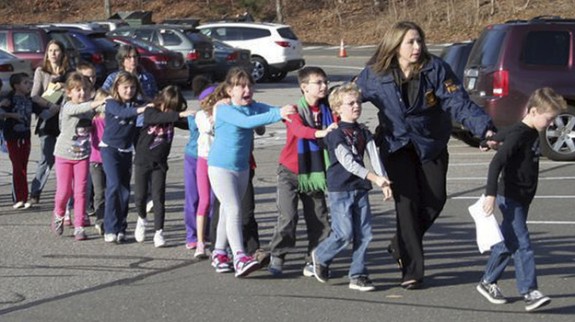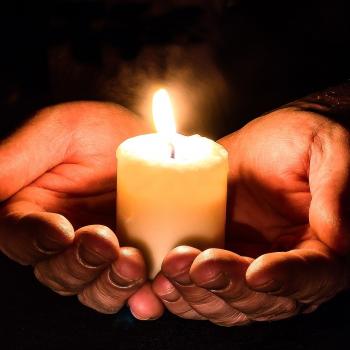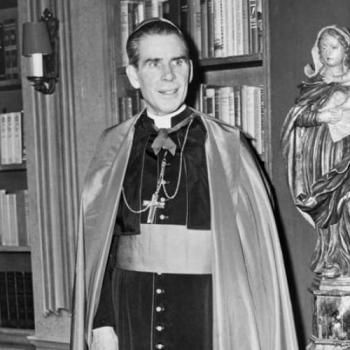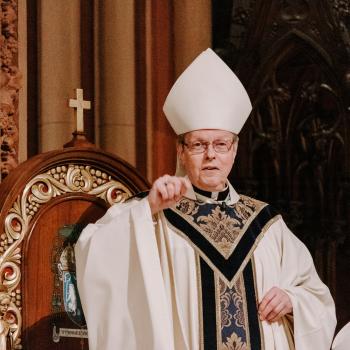Photo: Shannon Hicks/Newtown Bee
This picture was one of the first images to circulate widely, just after the story broke, and it remains arguably the defining image of this tragedy. A writer with Poynter Institute, Julie Moos, explores how a small weekly paper is covering a story of global interest and national significance, and she has the story behind the photograph:
Newtown Bee Associate Editor Shannon Hicks was at the newspaper’s offices about a mile and a quarter from Sandy Hook Elementary when she heard about a possible shooting at the school.
Hicks, a volunteer firefighter for the last three and a half years, heard the news through the police scanner, she said by phone Saturday night.
Hicks was one of the first people at the scene of the shooting, which left 20 children and seven adults dead, including the shooter. She was “behind the first dozen police officers,” said John Voket, also an associate editor at the paper, noting that the firehouse where Hicks is stationed shares a driveway with the school.
When Hicks got in the driveway, she started taking photographs immediately through the windshield of her car, with one hand on the steering wheel and one holding her camera, Voket said.
An early photo from the scene — which appeared ubiquitously during shooting coverage Friday morning and on Saturday’s front pages — might have been of the first cluster of evacuating students, he said.
The Associated Press contacted the paper and asked for the photo, which the member news organization was happy to provide, Voket said.
Hicks was aware the photo was on the front page of Saturday’s New York Times (her mother told her), but was unaware it was on the cover of many other newspapers across the U.S.
“I’m conflicted,” she said. “I don’t want people to be upset with me, and I do appreciate the journalists, especially, who have commented, saying ‘We’re just documenting the news.’ ”
“It’s harder when it’s in your hometown and these are children we’re gonna watch grow up, the ones who made it. I know people are gonna be upset, but at the same time I felt I was doing something important.”
By the time Hicks’ fire company got a dispatch about the shooting, she was already on the scene as a newspaper editor, she said.
Voket arrived on the scene about 20 minutes after Hicks, he said, and when he did, Hicks “passed the baton” to him editorially.
“I literally put on my firefighter gear,” she said. “I was there as a firefighter probably for not even more than 20 minutes before my editor said he wanted me back in the office to work with him to coordinate coverage from there.”
Hicks returned to The Bee, where she has been an associate editor for six years, while Voket remained at the scene.












